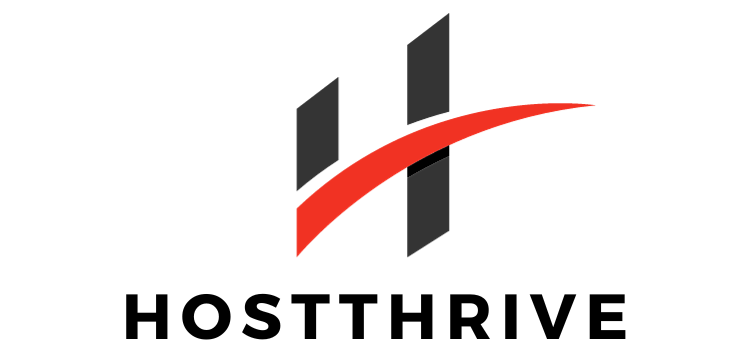Are you looking to enhance the performance of your website?
If you’re seeking ways to improve your website’s performance, look no further. Implementing website optimization techniques can help enhance user experience, increase conversions, and boost your site’s overall success. In this article, we will provide you with the ultimate website optimization checklist to help you achieve your goals.
Before we begin, what is website optimization?
Website optimization involves making adjustments to your site to improve its performance, speed, and overall user experience. By optimizing your website, you can attract more traffic, engage visitors, and drive conversions. It’s crucial to regularly evaluate and improve your site to stay competitive in today’s digital landscape.
Check your website’s loading speed
One of the most critical aspects of website optimization is ensuring your site loads quickly. A slow-loading website can deter visitors and impact your search engine rankings. Use tools like Google PageSpeed Insights to analyze your site’s loading speed and identify areas for improvement.
Optimize your images
Large, unoptimized images can slow down your website and affect user experience. Make sure to compress your images without compromising quality to improve loading times. Utilize tools like TinyPNG or JPEG Optimizer to reduce file sizes and enhance performance.
Mobile responsiveness is key
With more users accessing websites on mobile devices, ensuring your site is mobile-responsive is essential. Test your website on various devices and screen sizes to guarantee a seamless user experience across all platforms. Consider implementing responsive design principles to adapt your site to different screen sizes effectively.
Improve your website’s navigation
User-friendly navigation is crucial for keeping visitors engaged and guiding them through your site. Organize your content logically, utilize clear menus, and incorporate breadcrumbs for easy navigation. Conduct user testing to identify any navigation issues and make necessary adjustments.
Focus on content quality
High-quality, relevant content is vital for attracting and retaining visitors. Conduct keyword research to optimize your content for search engines and target your audience effectively. Regularly update your content to keep it fresh and engaging for your readers.
Implement SEO best practices
Search engine optimization (SEO) is essential for improving your site’s visibility and attracting organic traffic. Optimize your meta tags, headings, and images with relevant keywords. Create unique, descriptive URLs for each page and focus on generating high-quality backlinks to boost your site’s authority.
Monitor and analyze your website’s performance
Regularly monitor and analyze your website’s performance using tools like Google Analytics. Track key metrics such as traffic sources, bounce rate, and conversion rates to identify areas for improvement. Use this data to make informed decisions and continually optimize your site for better results.
Ensure your website is secure
Website security is paramount for protecting your site and maintaining the trust of your visitors. Implement SSL certificates to encrypt data transmitted between your site and users. Regularly update your software and plugins, use strong passwords, and conduct security audits to prevent cyber threats.
Optimize your website’s forms
Forms are essential for capturing leads, gathering information, and engaging with visitors. Streamline your forms by reducing the number of fields, utilizing auto-fill options, and providing clear instructions. Test your forms regularly to ensure they are functioning correctly and optimize their performance for better conversions.
Utilize call-to-action buttons effectively
Call-to-action (CTA) buttons guide visitors towards taking desired actions on your site, such as making a purchase or signing up for a newsletter. Create compelling CTAs with clear messaging, contrasting colors, and strategic placement. A/B test different variations to determine the most effective CTAs for your audience.
Optimize your website for social sharing
Social media is a powerful tool for driving traffic to your website and increasing visibility. Make it easy for visitors to share your content by adding social sharing buttons to your site. Optimize your images and meta tags for social platforms to enhance your content’s shareability.
Conclusion
In conclusion, website optimization is a continuous process that requires attention to detail and regular monitoring. By implementing the strategies outlined in this ultimate website optimization checklist, you can enhance your site’s performance, attract more visitors, and achieve your online goals. Remember to prioritize user experience, content quality, and SEO best practices to ensure the success of your website. Start optimizing your site today and watch your online presence thrive.







